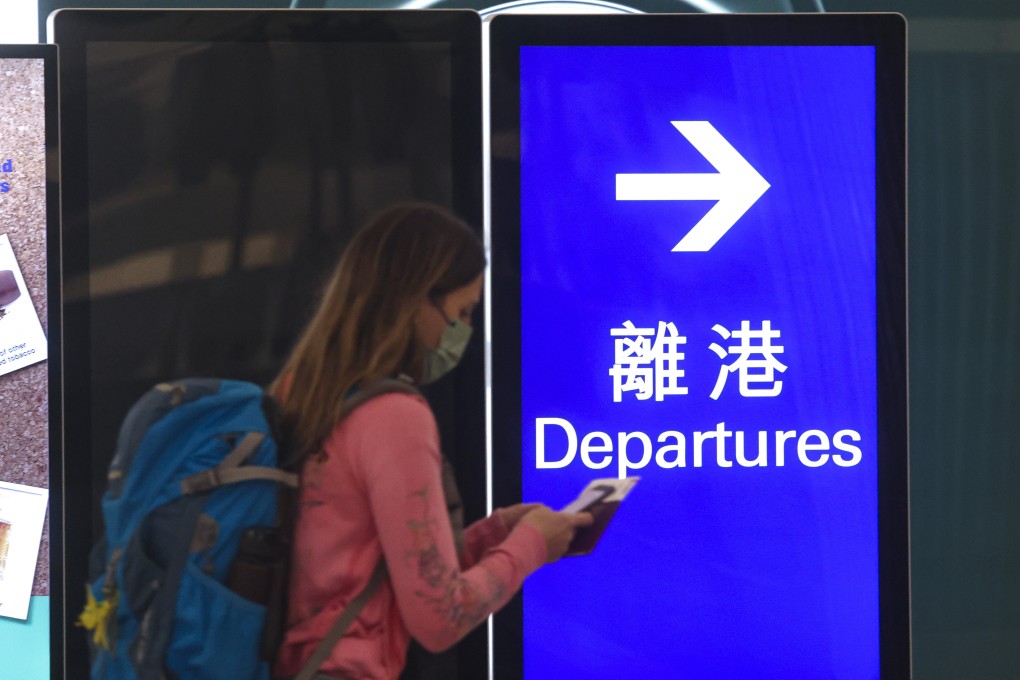Travellers leaving Hong Kong could continue paying airport construction fees until at least 2033 to help fund third runway, authority says
- Airport Authority says it has been affected by lack of income from construction fees as a result of sharp drop in passenger numbers in past two years
- Fees of HK$70 to HK$180 for travellers are one of three sources of funds for third runway project, which is expected to be completed in 2024

Travellers leaving Hong Kong are likely to continue paying a tax to help fund a third runway until at least 2033, the city’s Airport Authority has said.
The airport construction fees, ranging from HK$70 to HK$180 for each departing or transit passenger, are one of three sources of funds for the HK$141.5 billion (US$18.02 billion) third runway project, which began construction in 2016.
The city has experienced a sharp drop in passenger numbers since the Covid-19 pandemic struck more than two years ago, and the resulting lack of income from construction fees has severely affected the authority’s financial position, according to finance executive director Julian Lee Pui-hang.

“On the basis of our current position, we expect to be collecting fees until 2033 or 2034. We expect to be able to pay up all the debts in relation to the project, and then we should be able to suspend or cancel the fee altogether,” said Lee during a Legislative Council panel on Monday.
His reply was in response to tourism sector lawmaker Yiu Pak-leung’s queries on whether the authority planned to drop the airport construction fee, and how officials planned to maintain the city’s status as an aviation hub.
The fees are expected to help contribute HK$26 billion to the runway project, with the other financial sources coming from the authority’s operating surplus and funds raised from the market.
A partial launch of the new runway is expected this year and authorities have said the entire project will be completed in 2024 within budget.